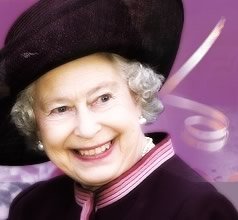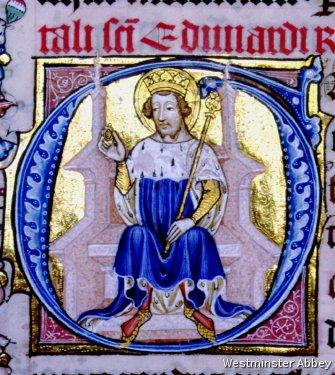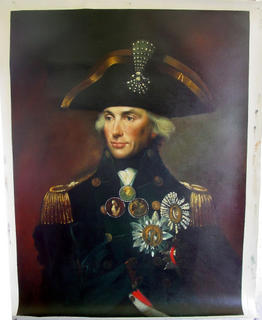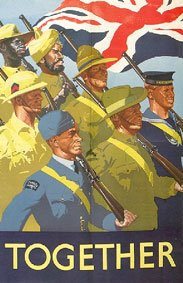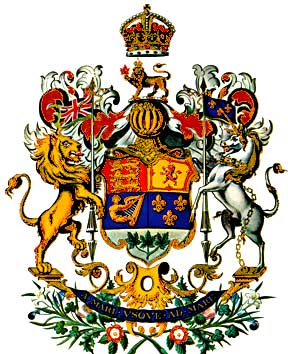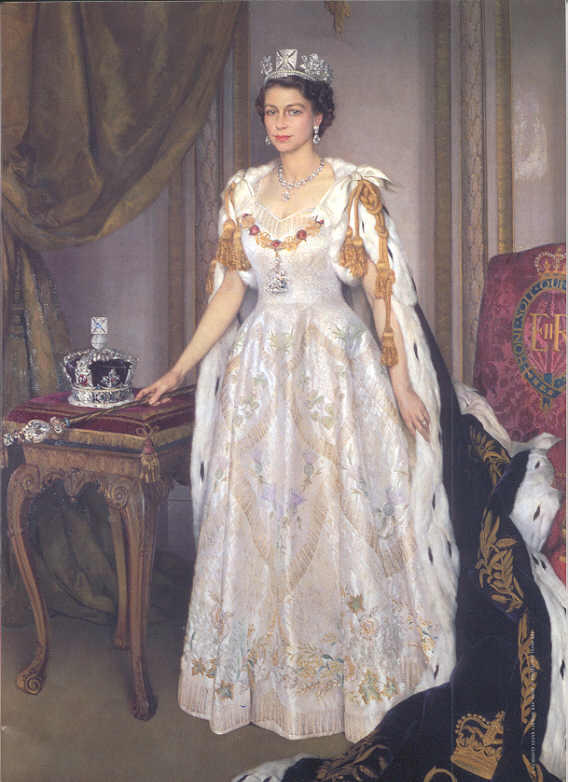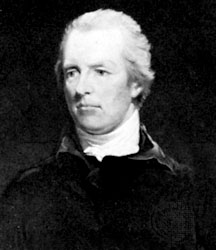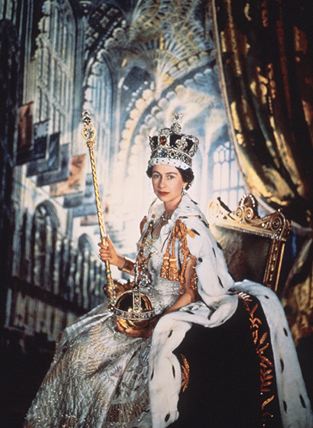[+] HONOURING OUR PATRON, SIR WINSTON CHURCHILL, VICTOR OF THE ENGLISH-SPEAKING PEOPLES
[+] HONOURING OUR QUEEN, ELIZABETH THE SECOND, ON THE 80TH YEAR OF HER BIRTH (1926 - 2006)
[+] HONOURING OUR KING, SAINT EDWARD THE CONFESSOR, ON THE 1000TH YEAR OF HIS BIRTH (1005 - 2005)
[+] HONOURING OUR HERO, LORD NELSON, ON THE BICENTENNIAL OF THE BATTLE OF TRAFALGAR (1805 - 2005)
[+] HONOURING OUR SONS, THE QUEEN'S COMMONWEALTH SOLDIERS KILLED IN THE 'WAR ON TERROR'
[+] HONOURING OUR VETS ON THE 150TH ANNIVERSARY OF THE VICTORIA CROSS (1856 - 2006)
ANGLO-FRENCH RELATIONS IN THE DOMINION OF CANADA AND THE IMPERIAL FEDERATION MOVEMENT
“THE KEYSTONE OF THE CANADIAN NATION IS THE FRENCH FACT; the slightest knowledge of history makes this platitudinous. English-speaking Canadians who desire the survival of their nation have to co-operate with those who seek the continuance of Franco-American civilisation”.
It has been written that John Diefenbaker’s great failure as Prime Minister after the Second World War – the last period in which ‘Britishness’ was seen as central to Canadian identity – was his failure to find this milieu for co-operation with French-Canadian conservatism. Between 1958 and 1962, Diefenbaker had fifty Quebec seats behind him, and yet found no Quebecois lieutenants. While it is true that he was unfortunate in the premature death in 1960 of J.M.P. Sauvé, who could well have become the first French-Canadian Tory PM, Diefenbaker’s failure was at root systemic, not contingent. Nor is it true that this failure to engage with French Canada was simply the manifestation of indifference. He, like all other Anglo-Canadian nationalists for more than a century, failed to appreciate that their vision of a united Canada was incompatible with that of Quebec.
This is to say, that Anglo-Canadians’ vision for the Dominion was involved “one united Canada in which individuals would have equal rights irrespective of race or religion…As far as the civil rights of individuals are concerned, this is obviously an acceptable doctrine. Nevertheless, the rights of the individual do not encompass the rights of nations…The French Canadians had entered the Confederation not to protect the rights of the individual but the rights of the Nation”. For them, equal rights in the sense usually implied in British political discourse were a recipe for being swallowed up by an amèricanisme saxonisante. The fact that the rhetoric and practice of multiculturalism in modern Canada has had no concomitant tendency to diminish Quebecois nationalism is a clear indication that this is so – showing respect for the residual customs of ethnic minorities such as Ukrainians and Koreans is one things, but the French-Canadians are concerned with being a nation-within-a-nation, an ambition for which treating every citizen equally would spell disaster.
What this also reveals is that the Quebecois have always shrewdly discerned a fact of which Anglo-Saxons the world over have often been only hazily aware, if at all: that whereas the Cape Dutch, the French Canadians, and other European colonial populations whom the British absorbed into their Empire tended to have no place in their hearts but for their own communities, British colonists the world over always felt part of a far-flung global community whose spiritual centre was the British Isles. From Britain’s earliest attempts at colonisation until well into the twentieth century, millions of people in the British colonial empire who had never, and would never, visit Britain itself continued to think of the British Isles as ‘Home’, tendebant manus ripæ ulterioris amorē.
Continue Reading Edward Harris - Whose Providence?
POSTED BY CATO, Edward Harris in London, England


